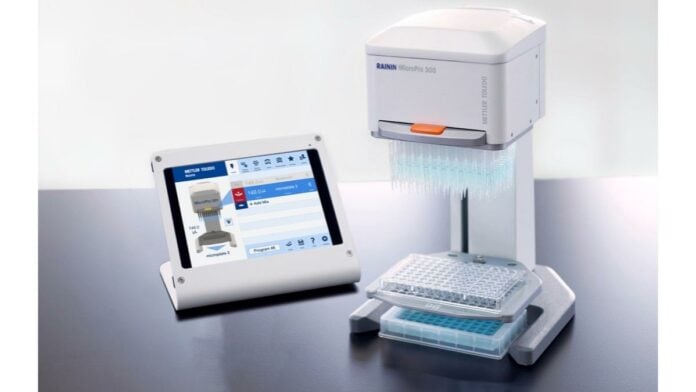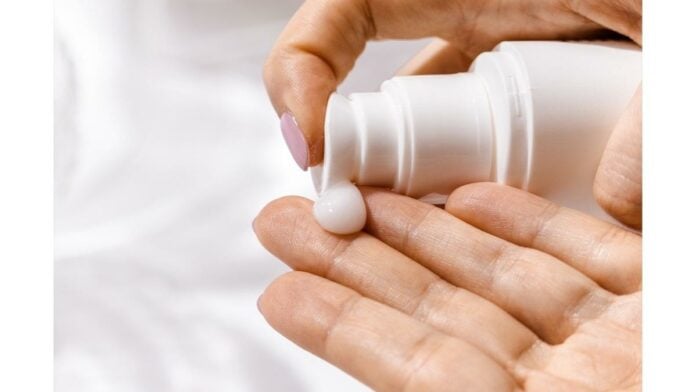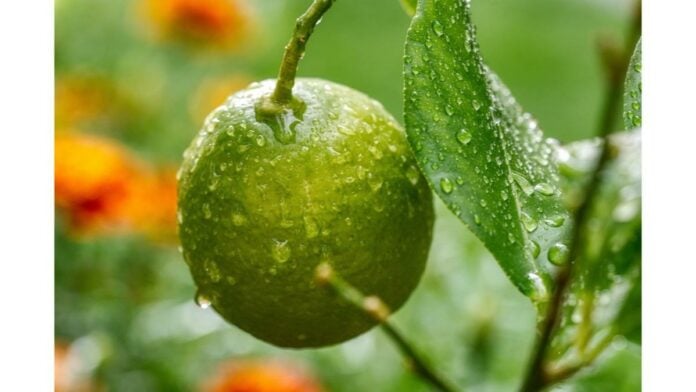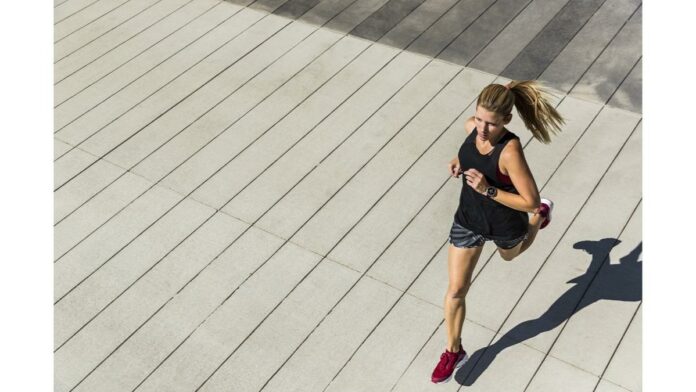Waste and overproduction are among the issues facing the beauty and cosmetics industry.
Avery Dennison's report "Missing billions: the true cost of supply chain waste" reveals that over 10 % of beauty products with an estimated value of $4.8 billion are wasted in supply chains. 6.2 % of discarded goods are the result of overproduction, while 4 % of inventory is discarded due to spoilage or deterioration of the merchandise. Unsurprisingly, this is a growing concern for brands, which could be losing up to 2.8 % of their annual profits.
Another important criterion to consider is the environmental impact of cosmetic waste from shampoos, lotions, deodorants and other body care products. Today, plastic is responsible for over 120 billion units of packaging produced each year by the cosmetics industry, the vast majority of which cannot be recycled. According to an OECD report, only 9 % of plastic waste is recycled worldwide. This rate is expected to rise to 17 % by 2060.
According to Avery Dennison's survey of 60 cosmetics companies in the USA, UK, China, France and Japan, 23% of brands' environmental impact comes from their supply chain activities.
Over three-quarters (77 %) of those surveyed currently track waste in their supply chain. However, 18 % of them cited lack of visibility and transparency between trading partners as the main barrier to their supply chain resilience.
The use of RFID technology is a solution that helps brands reduce waste in the supply chain. It creates a unique digital identity for each product, linking the physical with the digital. It provides valuable information to enable consumers to make better decisions, particularly in terms of transparency and carbon footprint.
Thanks to recent technological developments, RFID is better suited to labeling small items, liquid containers or products with metallic markings.
RFID offers an extra level of authenticity and traceability throughout a product's lifecycle, from manufacture to shelf and beyond. It makes it easier to identify packaging and its contents for recycling programs, or to inform consumers that no unwanted ingredients, such as palm oil, are present in the article.
The atma.io connected products cloud helps brands achieve their zero-waste goals throughout the supply chain. Currently, over 28 billion items are managed by the atma.io platform in the apparel, retail, food and healthcare sectors.
The atma.io real-time carbon impact analysis tool also provides brands with information on data concerning the carbon footprint of their products, including Scope 3 emissions and beyond. This is a powerful new tool that captures data at every stage of a product's journey, from raw material to consumer, and can help companies comply with the forthcoming European Digital Product Passport (DPP) regulation.
The real-time waste elimination tool atma.io uses artificial intelligence and machine learning to analyze and communicate supply chain anomalies and inefficiencies. This includes information on overdue product movements at pallet level, or even on isolated items in a warehouse that are about to perish. These features enable brands to take swift, proactive action to improve supply chain efficiency, minimize product loss and provide sufficient inventory to meet customer demands.
This versatile technology helps find relevant solutions to reduce waste and overproduction. By leveraging these digital identification solutions, brands can guarantee better stock visibility, increased durability and improved profitability.
















